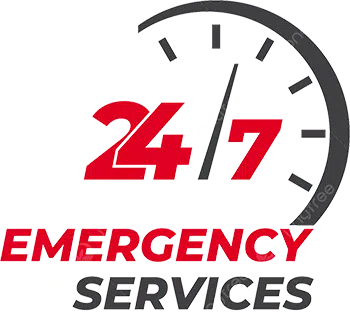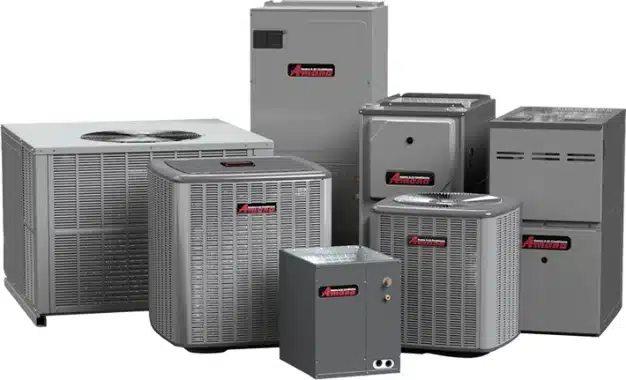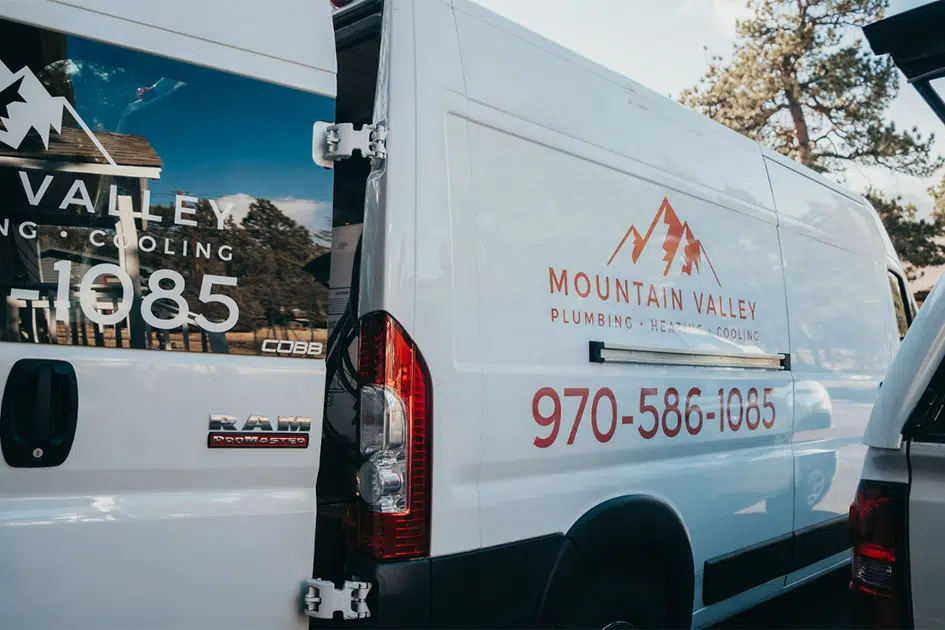Standard Efficiency Furnaces: Understanding and Maximizing Their Benefits
This comprehensive guide will explore everything you need to know about standard efficiency furnaces, including their advantages, how they work, and ways to enhance their performance.
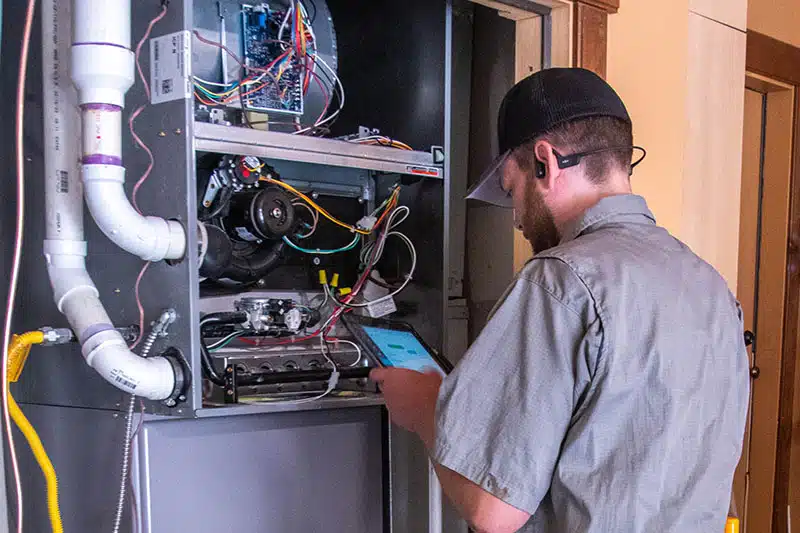
What Are Standard Efficiency Furnaces?
Standard efficiency furnaces are heating systems with an Annual Fuel Utilization Efficiency (AFUE) rating of 80% to 89%. This means 80-89% of the fuel the furnace consumes is converted into heat, with the remainder lost through exhaust. Although less efficient than high-efficiency models, standard efficiency furnaces are cost-effective, reliable, and suitable for many homes.
How Do Standard Efficiency Furnaces Work?
At their core, standard efficiency furnaces follow a simple process to generate heat:
Ignition: The furnace ignites fuel, typically natural gas or propane.
Heat Exchange: The fuel burns to heat a metal heat exchanger.
Air Circulation: A blower fan circulates air over the heat exchanger, warming it before dispersing it through the ductwork.
Exhaust: Combustion gases exit through a chimney or flue pipe.
This straightforward design ensures dependable performance with fewer moving parts, reducing maintenance needs.
Advantages of Standard Efficiency Furnaces
1. Cost-Effectiveness
Lower Initial Costs: Standard-efficiency furnaces are generally more affordable than their high-efficiency counterparts.
Reduced Installation Expenses: Installation is less complex, often costing less due to simpler venting requirements.
2. Reliability and Durability
With fewer components, these furnaces are less prone to breakdowns. They often last 15-20 years with proper maintenance.
3. Versatility
They are suitable for various home sizes and climates, particularly in areas with moderate winters.
4. Easy Maintenance
Routine upkeep, like filter changes and professional inspections, is straightforward.
Key Features of Standard Efficiency Furnaces
Single-Stage or Two-Stage Operation:
Most standard efficiency furnaces use single-stage or two-stage burners for basic temperature control.
Basic Venting Systems:
They typically use metal flue pipes to vent combustion gases.
Simpler Controls:
Unlike high-efficiency models, these furnaces usually have straightforward thermostats and fewer electronic controls.
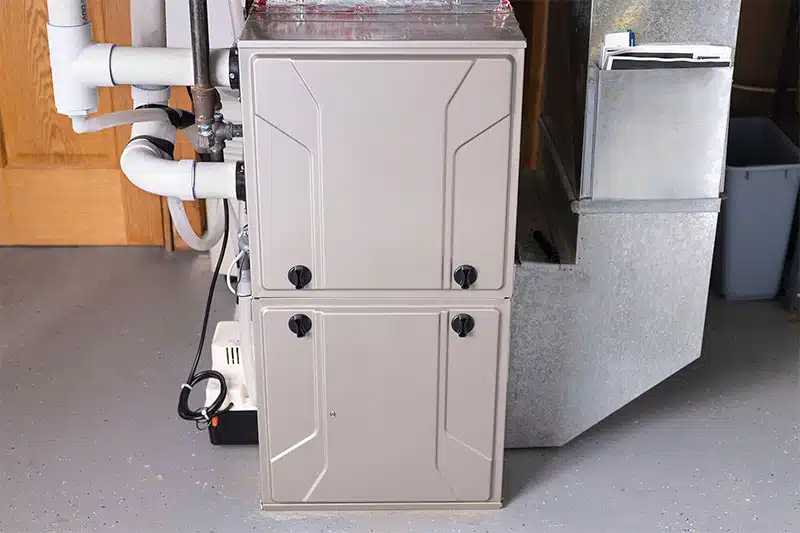
Who Should Choose a Standard Efficiency Furnace?
If you’re wondering whether a standard efficiency furnace is the right fit for your home, consider these factors:
- Budget Constraints: They are an excellent choice for homeowners looking to save on upfront costs.
- Mild Climates: In areas with milder winters, the 80-89% AFUE rating is sufficient.
- Replacement Needs: For homes already equipped with standard efficiency furnaces, replacing them with a similar model can simplify the installation process.
Improving the Performance of Standard Efficiency Furnaces
To maximize the efficiency and lifespan of your standard efficiency furnace, follow these tips:
1. Regular Maintenance
Schedule annual tune-ups with a licensed HVAC technician. Clean or replace air filters every 1-3 months to ensure proper airflow.
2. Seal Ductwork
Inspect and seal any gaps in ductwork to prevent heat loss and improve energy efficiency.
3. Use a Programmable Thermostat
Adjust settings based on your schedule to optimize energy usage.
4. Upgrade Insulation
Proper home insulation reduces the workload on your furnace, conserving energy.
5. Optimize Ventilation
Ensure the flue or chimney is clear of blockages for safe and efficient exhaust.
Comparing Standard Efficiency and High-Efficiency Furnace
| Feature | Standard Efficiency Furnace | High-Efficiency Furnace |
|---|---|---|
| AFUE Rating | 80-89% | 90-98% |
| Cost | Lower upfront cost | Higher upfront cost |
| Ventilation | Uses metal flue or chimney | Requires PVC venting |
| Ideal Climate | Mild to moderate winters | Harsh winters |
| Maintenance Needs | Basic | More complex |
While high-efficiency furnaces boast superior energy savings, the lower initial investment of a standard efficiency furnace makes it a practical option for many.
Signs You Need a New Furnace
If your current standard efficiency furnace is showing these signs, it may be time for a replacement:
- Frequent breakdowns or costly repairs.
- Uneven heating throughout your home.
- Rising energy bills despite regular maintenance.
- A lifespan exceeding 15-20 years.
Popular Brands Offering Standard Efficiency Furnaces
When choosing a new furnace, consider trusted brands like:
- Carrier: Known for durability and consistent performance.
- Lennox: Offers reliable options at competitive prices.
- Trane: Renowned for robust construction and advanced engineering.
Is a Standard Efficiency Furnace Right for You?
A standard efficiency furnace can be a fantastic choice if you seek an affordable, reliable, straightforward heating solution. While it may not achieve the same energy savings as a high-efficiency model, its dependable performance and lower costs make it an appealing option for budget-conscious homeowners.
Conclusion
In conclusion, standard efficiency furnaces balance affordability, reliability, and performance, making them a practical heating solution for many households. By understanding their features, benefits, and maintenance requirements, you can make an informed decision that keeps your home warm and your wallet happy. If you’re considering upgrading your heating system, a standard efficiency furnace may be just what you need.
FAQs on Standard Efficiency Furnaces
1. How often should I replace my furnace filter?
Replacing or cleaning the furnace filter is critical to maintaining efficiency and air quality. Ideally, you should check the filter every month during peak heating seasons. For most homes, replacing it every 1-3 months is sufficient. Monthly replacement is recommended if you have pets, live in an area with high dust levels, or suffer from allergies. A clean filter prevents the system from overworking and ensures warm air circulates freely throughout your home.
2. What is the typical lifespan of a standard efficiency furnace?
On average, a standard efficiency furnace lasts between 15-20 years. However, this can vary depending on maintenance, usage frequency, and environmental conditions. Routine tune-ups, timely repairs, and keeping the system free of dust and debris can extend its lifespan. It’s also essential to avoid overloading the furnace by maintaining proper home insulation and sealing air leaks to reduce unnecessary strain.
3. Can I improve the efficiency of my existing standard efficiency furnace?
Absolutely! While standard efficiency furnaces inherently convert 80-89% of fuel into heat, several steps can enhance their performance:
- Upgrade to a Programmable Thermostat: This device helps regulate temperatures based on your daily schedule, reducing wasted energy.
- Improve Home Insulation: Properly insulated walls, floors, and attic spaces minimize heat loss and lower energy demand.
- Seal Ductwork: Leaky ducts can cause significant heat loss, forcing the furnace to work harder. Sealing these leaks can boost system efficiency by up to 20%.
- Regular Maintenance: Annual inspections by a licensed HVAC technician can identify and resolve issues before they affect efficiency.
- Clean and Clear Vents: Ensure vents and registers are not blocked by furniture or debris to allow unrestricted airflow.
4. Are standard efficiency furnaces safe to use?
Yes, standard efficiency furnaces are generally safe when properly installed and maintained. Safety features like automatic shut-off switches and flame sensors ensure smooth operation. However, it’s vital to monitor for warning signs like unusual odors, soot buildup, or yellow flames, which could indicate issues like carbon monoxide leaks. Installing a carbon monoxide detector near the furnace is a prudent safety measure.
5. How do I know if my standard efficiency furnace needs repairs?
A well-functioning furnace will run quietly and heat your home evenly. If you notice any of the following signs, it’s time to call a professional:
- Strange noises, such as banging or rattling.
- Inconsistent or insufficient heating.
- Frequent cycling on and off.
- Rising energy bills without a corresponding increase in usage.
- A pilot light that won’t stay lit or burns yellow instead of blue.
Promptly addressing these issues can prevent further damage and keep repair costs manageable.
6. Is a standard efficiency furnace environmentally friendly?
While standard efficiency furnaces are less eco-friendly than high-efficiency models, they still perform better than older, outdated heating systems. Pairing your furnace with energy-saving practices, such as lowering the thermostat when away or using eco-friendly fuels like natural gas, can reduce its environmental impact.
7. What size furnace is best for my home?
The size of your furnace depends on the square footage of your home, insulation quality, and local climate. An HVAC professional can calculate load to determine the appropriate furnace size, ensuring optimal performance without wasting energy. Oversized furnaces may cycle too frequently, while undersized models may struggle to heat your space efficiently.
8. Should I replace my standard efficiency furnace with a high-efficiency model?
Upgrading to a high-efficiency furnace can reduce energy bills, especially in regions with harsh winters or for homeowners prioritizing long-term energy savings. However, standard efficiency furnaces are still a cost-effective solution for moderate climates and smaller budgets. Consider factors like initial costs, expected energy savings, and the age of your current system before deciding.
9. How much does it cost to operate a standard efficiency furnace?
Operational costs depend on factors like the furnace’s AFUE rating, local fuel prices, and how often the furnace runs. Calculate the energy consumed annually using your furnace’s AFUE rating to estimate costs. For instance, a furnace with an 80% AFUE rating means 20% of the fuel cost is lost as exhaust. Regular maintenance and smart usage can lower operational costs significantly.
10. How do I find a reliable contractor to service my furnace?
Finding a trustworthy HVAC contractor ensures your standard efficiency furnace remains in top condition. Look for professionals with:
- Licensing and Certifications: Ensure they hold valid credentials for HVAC services.
- Positive Reviews: Check online reviews or ask for referrals from friends and neighbors.
- Experience: A contractor with years of experience is more likely to handle issues efficiently.
- Transparent Pricing: Obtain written estimates and compare costs before committing.
Working with a qualified technician guarantees safe and efficient furnace operation while protecting your investment.
By following these expert tips and answers, homeowners can confidently operate and maintain their standard efficiency furnaces for years to come!







